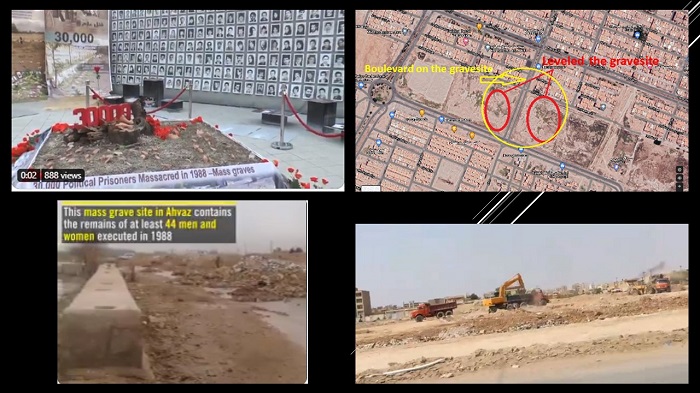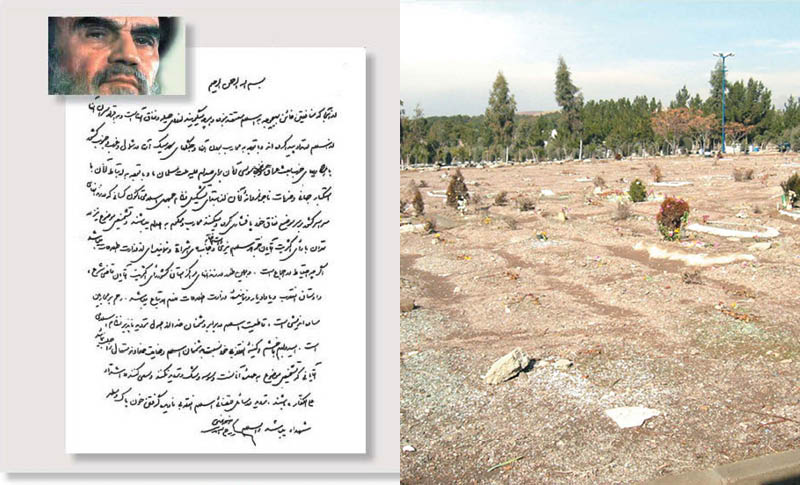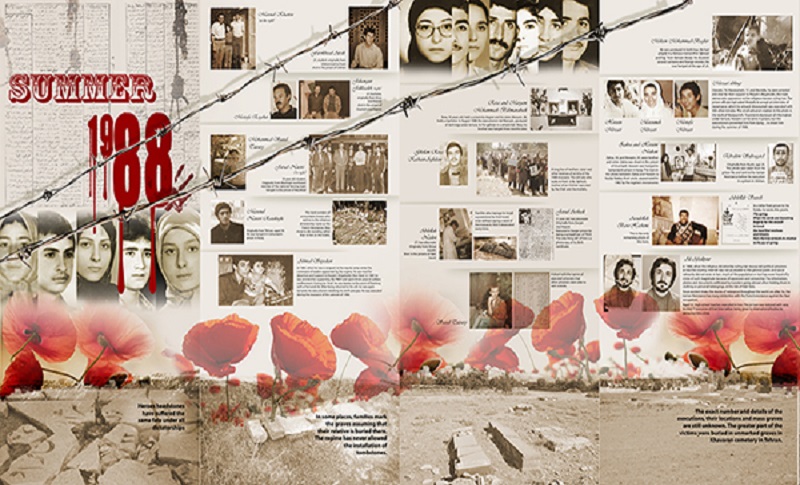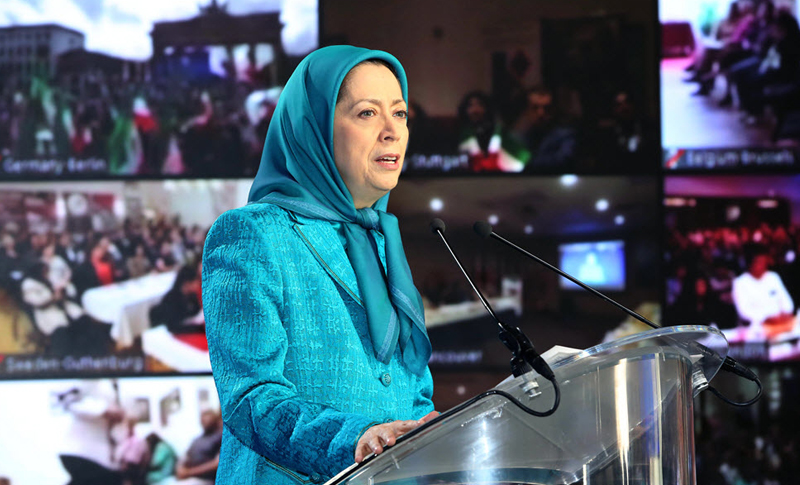
The National Council of Resistance of Iran (NCRI), and the People’s Mujahedin of Iran (PMOI / MEK Iran), reported that the Iranian regime is set to destroy the Khavaran burial site in Tehran, which is one of several locations that they secretly buried the victims of the 1988 massacre of 30,000 political prisoners.
The plan is to get rid of the evidence for one of the worst crimes against humanity since World War Two; something that the regime has already done at several mass graves, including Mashhad’s Behesht-e Reza Cemetery and Tabriz’s Vadi Rahmat Cemetery. In Ahvaz, they even poured cement on top of a mass grave and now plan to build a road over the top.

But why now? Well, it could be that regime officials complicit with the massacre are terrified of the crimes being uncovered and them being punished in an international court. After all, the case of the 1988 massacre is being closely monitored by many international experts, with six United Nations experts demanding answers last September. Not that the UN experts got their answers, Iran has been rejecting or ignoring calls for information since 1991.
The massacre, termed an “ongoing crime against humanity” by Amnesty International in 2018, was orchestrated by many regime officials who still hold power today; most prominently current Judiciary Chief Ebrahim Raisi and current Justice Minister Alireza Avai, who served on the “Death Commissions” responsible for sending prisoners to be hanged. With Raisi a potential candidate for the presidential elections in June, it’s easy to see why the regime would want to destroy evidence of his crimes.

Repression and Appeasement
The Iranian Resistance wrote: “The regime has only managed to maintain its hold on power through brutal repression, genocide, and the massacre of opposition members… For three decades, the 1988 massacre was overshadowed by the appeasement policy of western governments toward the Iranian regime.”
Maryam Rajavi, the president of the National Council of Resistance of Iran (NCRI), said on Saturday: “One of the most harmful consequences of the policy of appeasement was providing impunity to the ruling murderers, whose crimes started in the early 1980s, reached new heights during the 1988 Massacre and have continued to this day.”

While the 30,000 victims of the 1988 massacre and the 120,000 other political prisoners have already lost their lives, we can honor their memory by holding the regime to account for their crimes.

and People’s Mojahedin Organization of Iran – MEK IRAN – YouTube







